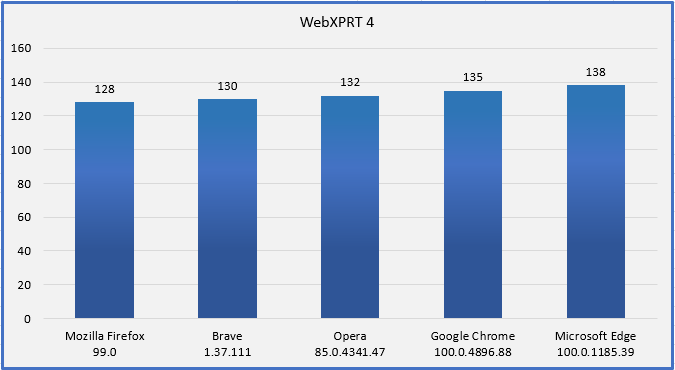HDXPRT 4, our benchmark for assessing Windows performance on real-world media tasks, runs tests that use real commercial applications such as Adobe Photoshop Elements (PSE) 2020. Last fall, we informed HDXPRT testers that Adobe had started requiring a user ID to download the free Adobe Photoshop Elements 2020 trial package. Previously, testers could download the trial without setting up an account.
Recently, Adobe made additional changes to the access path for the PSE 2020 installation package. The package is no longer available on the PSE downloads page, but users who previously purchased their copy or registered it with Adobe can access the package on another page. However, this approach does not work for users who want to temporarily use the trial version for HDXPRT 4 testing.
We have found a third-party location, ProDesignTools, that currently offers a free, straightforward PSE 2020 installation package download with no requirements for registration or transmission of personal information. In our testing so far, the installation package (PhotoshopElements_2020_LS30_win64_ESD.zip) has been functioning as expected, and HDXPRT 4 is running the PSE-based workloads without any issues.
Unfortunately, we cannot guarantee that ProDesignTools will continue to offer a free PSE 2020 installation package download, and we’re not aware of an alternative Adobe download path at this time. We apologize for the inconvenience!
Justin













